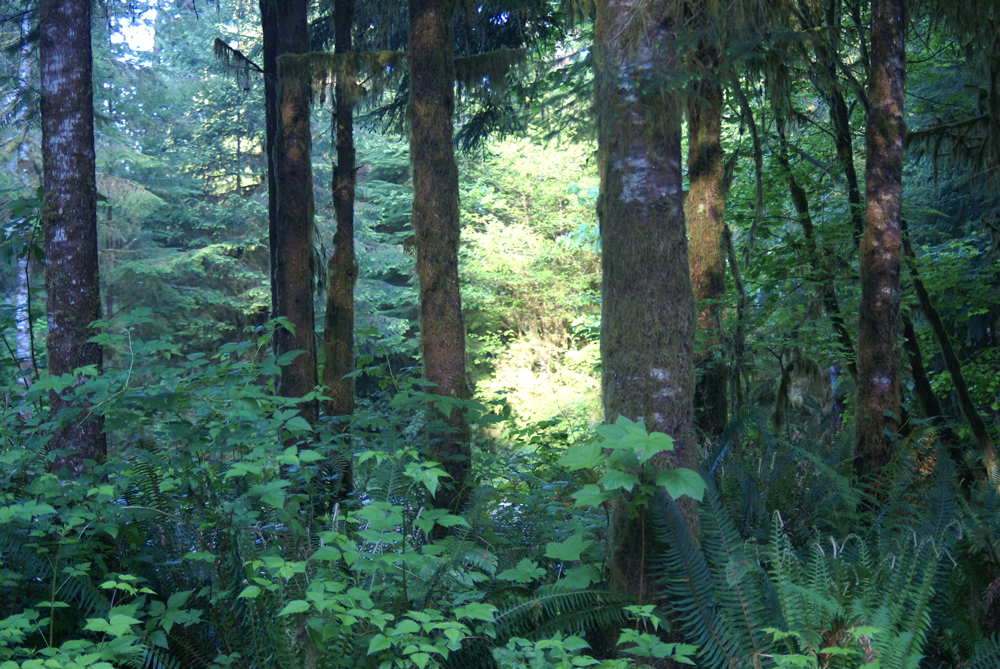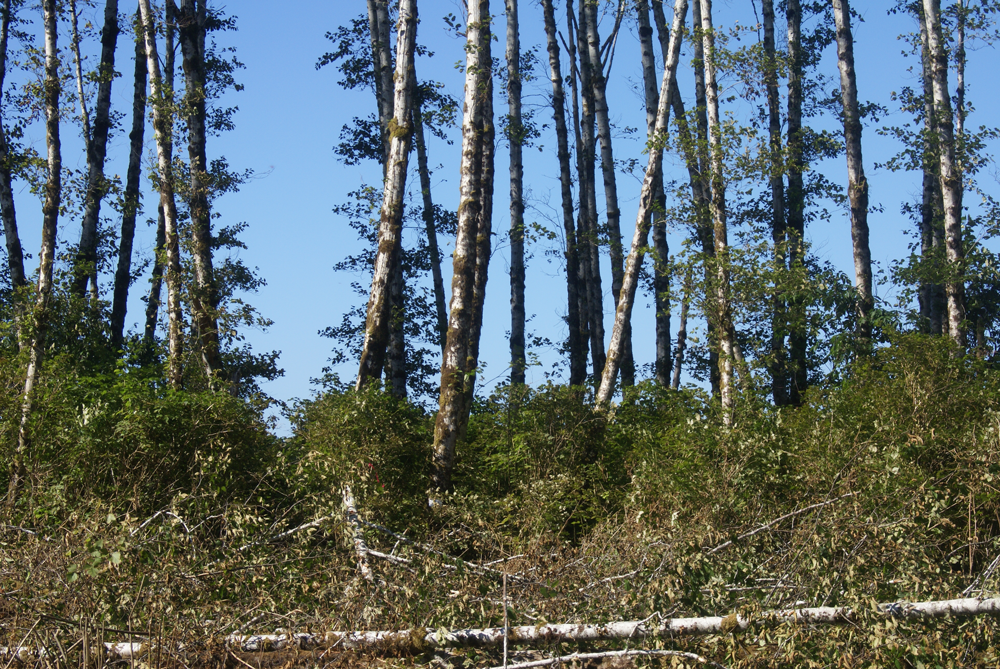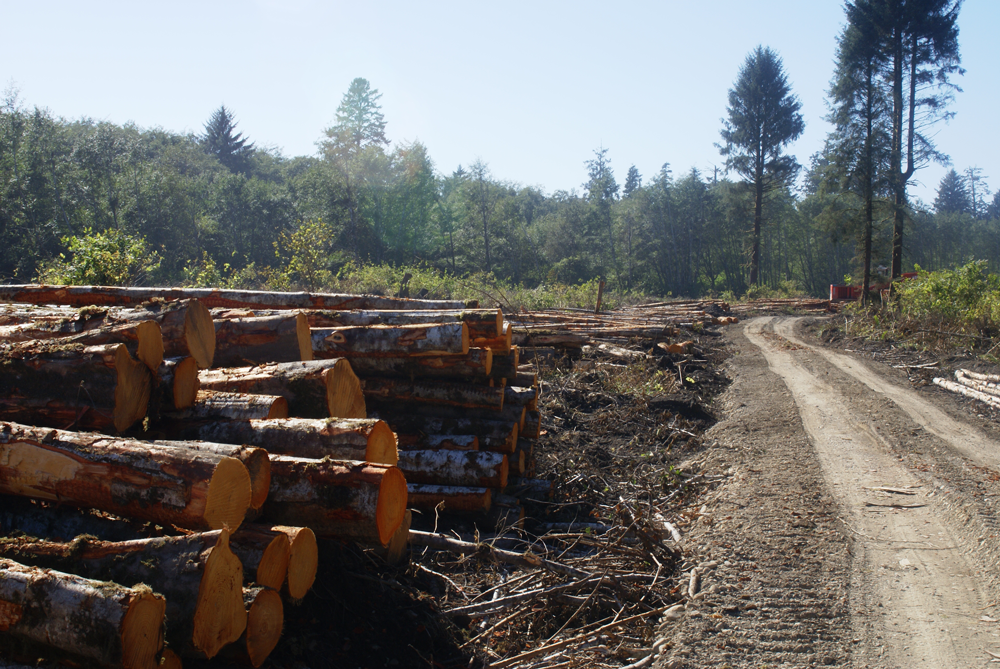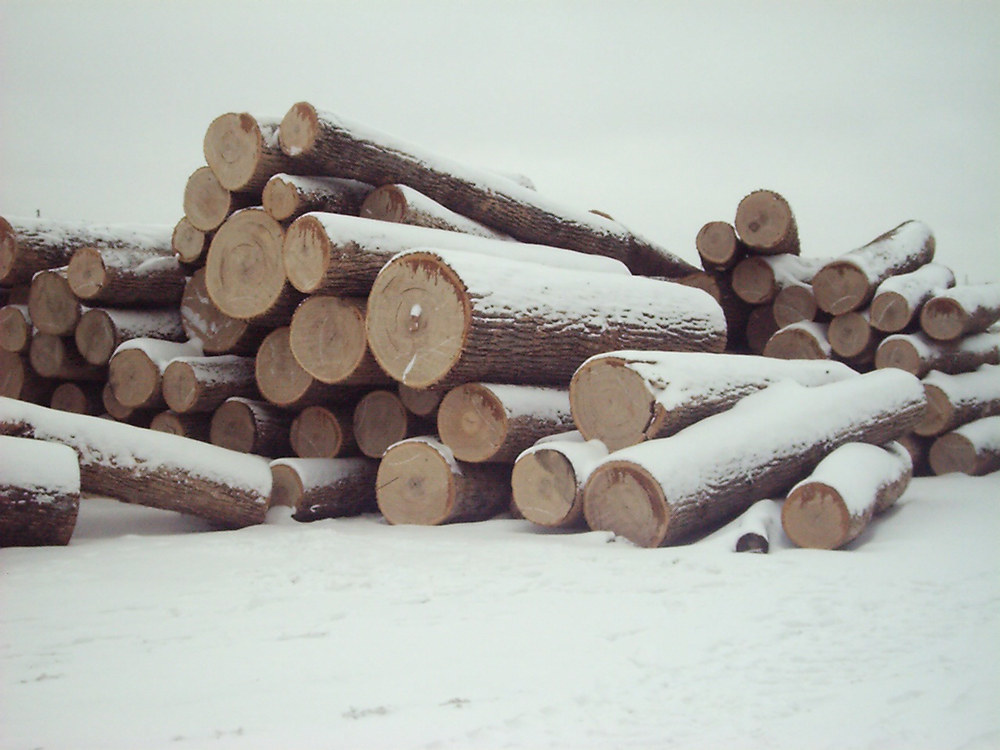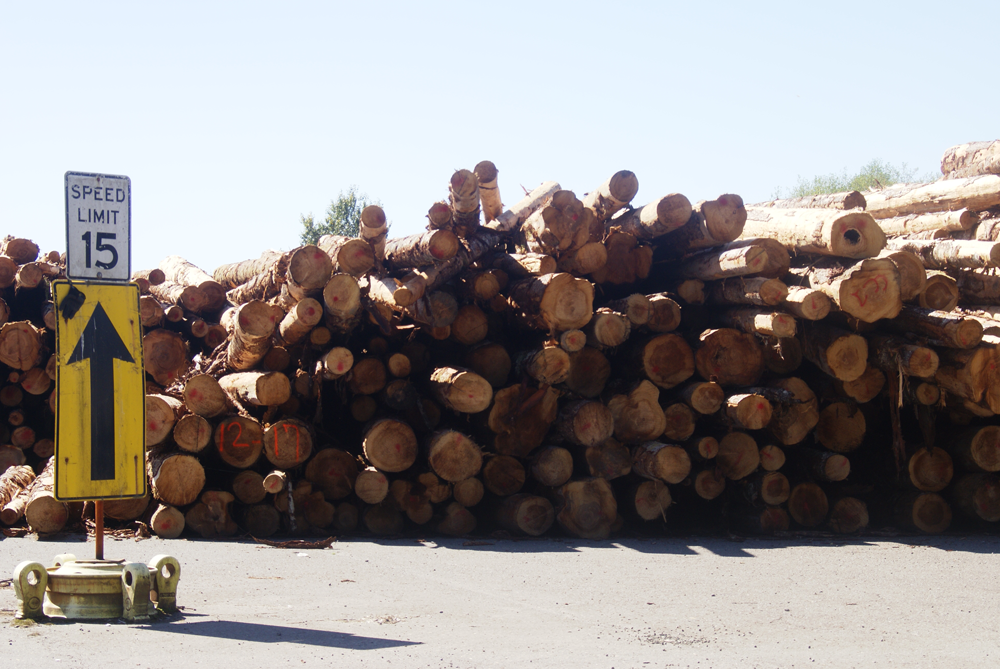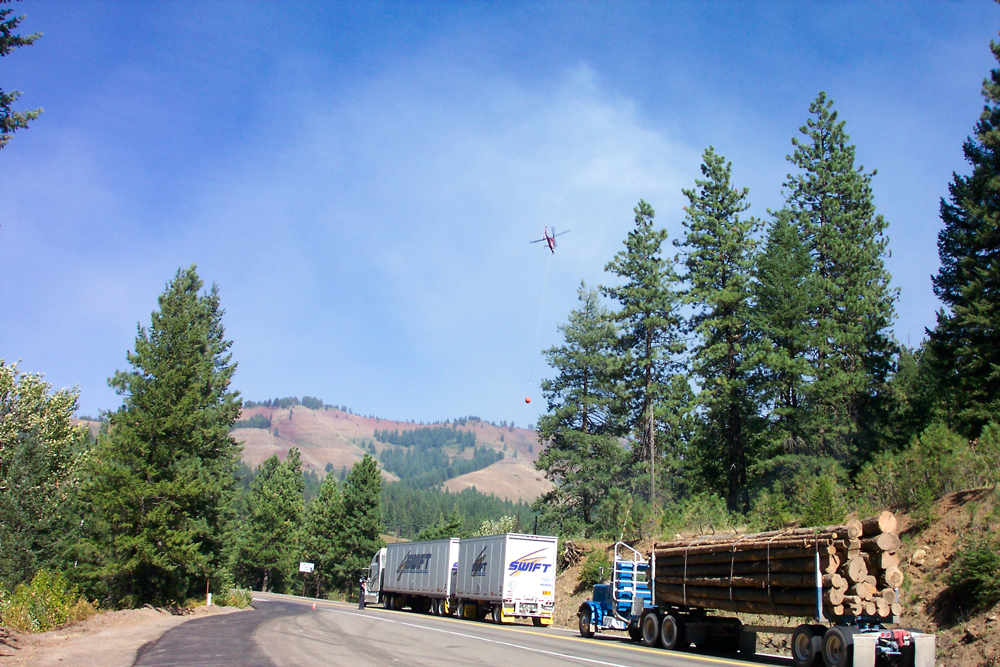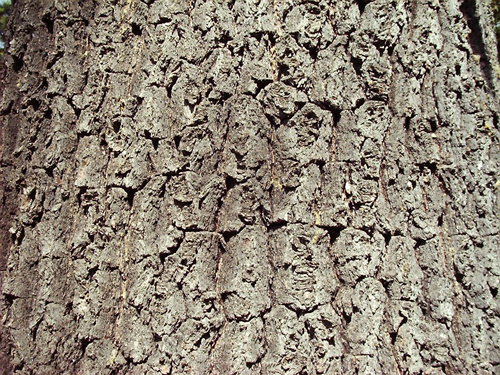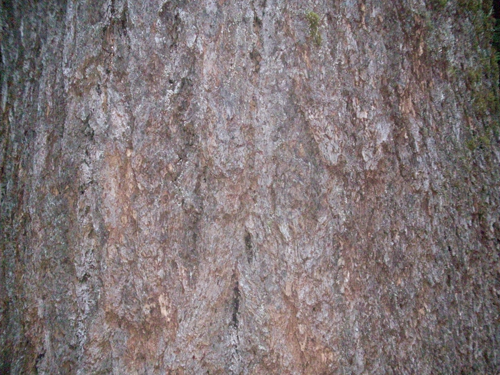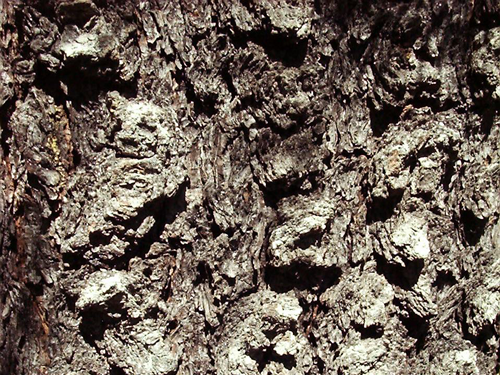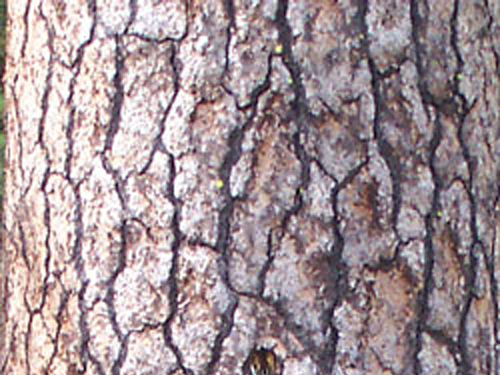Forest Resource Analysis System Software Users
People, Organizations, Companies, Agencies, and Learners
FRASS Users are as Unique as the Forestlands They Manage
The Forest Resource Analysis System Software (FRASS) expresses forestland management in terms of optimizing financial returns through the long-run. This comes to FRASS Users through the combination of forestland site characteristics, biometric Growth & Yield modeling, and forest econometric design. While this seems straightforward, it becomes complicated as the factor of time is integrated into the analysis. Time extends the DEPTH and BREADTH of considerations. Timber harvest is not the only commodity of value considered in this approach. FRASS considers all attributes of properties as they contribute value for landowners. Some of these options include:
- Timber harvest,
- Carbon sequestration in trees,
- Anadromous fisheries habitat creation and maintenance,
- Wildlife habitat enhancement,
- Threatened, Endangered, and Sensitive species habitat support,
- Water yield and delivery timing for community watersheds,
- Conservation Easement arrangements,
- Any ‘valuable’ commodities created from forestland ownership.
FRASS Users Define “What” Profitability Includes
Just as every property is unique, so are the objectives of forestland owners to achieve the property’s Highest & Best Use (HBU). That HBU term us illusive in this respect, because it applies to the property’s HBU, but also to the owner. People are ‘economic beings‘, meaning we respond to the finances of our choices. People consider these terms as discounted financial value, or achievement of a ‘non-monetary commodities’. These are carried as the highest financial return on investment possible. At the same time, money is not always the only tangible measure of profitability. Sometimes it includes personal enjoyment from using the forestlands. Other times, it comes from ‘knowing‘ valuable services were provided through wildlife or fisheries habitat. Attainment of those goals is expressed for FRASS Users.
FRASS Users target optimization of financial returns through the long-run while growing their forestlands. For many forestland owners, it is expressed as timber harvests on their lands. Others find revenue generation by selling Carbon Sequestration benefits to willing buyers. At the same time, FRASS Users will negotiate Conservation Easements agreements to encumber management on their properties. The options are broad, but all are included in the FRASS Platform.
Some General Types of FRASS Users
Commercial Forestland Companies
Timber sale markets are local, national, and international in structure. Commercial Forestland Companies hold properties in local areas, or spread between counties, or across states and countries. All data used by these enterprises form the basis of their confidential and secure FRASS Platform. Here they are combined with Forest Econometrics algorithms and are prepared to serve ownership profitability goals.
Consulting Foresters
Consulting Foresters work with Non-Industrial Private Forestland (NIPF) owners and sometimes also have industrial, commercial, and public clients. Oftentimes, the NIPF owner will generally not have sufficient forestland holdings to financially justify a complete FRASS Platform. However, Consulting Foresters can create the platform to host individual NIPF properties. The Consultant has access to all client property records, but the NIPF owners only access their specific records. The FRASS Platform gives the Consulting Forester substantial data processing capabilities while managing their client’s properties. Through FRASS, Consulting Foresters create insights for their clients with detailed financial return data generated for their clients. NIPF clients receive reports with their property’s biometric and GIS maps, data, and results expressed in time specific value terms.
Licensed Appraisers
Simultaneously, Licensed Appraisers recognize this process as implementing the Income Capitalization Approach to determine the Highest & Best Use property value. This is implementation of USPAP standards on forestlands. Appraisers enter their own secure FRASS platform to analyze property data for appraisals they make. FRASS reports are generated on-demand for these clients and are made part of their Appraisal Reports. Forestland appraisals are challenging efforts to complete. The FRASS Approach streamlines the data into efficient and accurate valuation summaries.
Public Agencies
Public entities often manage forestlands as part of their original mandate. These are lands “owned” by the people of the organization. These may be managed by Indian Tribes, States, Counties,or the Federal Government. These public entities are FRASS Users. Each can use the FRASS Platform across their ownership to achieve the objectives imparted on them through their mandates. Financial optimization through timber sales is one measure of implementing public trust. It is accompanied by the creation of jobs for timber harvest, log transportation, milling, lumber delivery, forest management and protection.
The sale of a log is not the only measure of public benefits. Further, public entities commonly deal in land swaps, exchanges, land sales and purchases. The FRASS Approach delivers Land Appraisal value comparisons between properties rapidly, and are based on factual data processing. This system supports public trust responsibilities across the spectrum.
It may be challenging for decision makers to think of compliance with environmental regulations in financial terms. But in FRASS, those regulatory obligations can be expressed as trade-off components. It is the trade-off that expresses the exchange between considerations. These are the tangible deliverables discovered in FRASS.
Alignment of Values
Each organization has resource managers well qualified to manage their operations. Theses are the people who know their land resources and the rules and regulations of operational management. FRASS compliments these professionals to achieve their mandated goals. Together, we deliver a higher level of financial analysis articulation. It comes to resource managers, administrators, and the people representing the ultimate owners of the land. FRASS is a tool used to articulate management costs and benefits for short-term and long-run operations.
FRASS is a Forestland MASS Appraisal System
Forestlands are part of the natural environments found through the temperate and boreal forest regions of the world. These lands support wildlife, fisheries, aquatic systems, soils, water, indigenous traditions and norms, and livelihoods of people. Sometimes the forestlands are publicly owned resources managed by tribal entities, federal governments, state governments, counties or cities. Other forests are owned by people who have invested their capital to manage those lands. Forestlands are managed by people.
The history of forestland ownership has documented how governments initially managed these lands. Generally, it was to harvest timber, creating jobs to harvest, transport, and deliver logs to lumber mills. Lumber mills employed people to manufacture commodities making homes and businesses. Roads were built, communities established, and economies grew.
Public timberland management has migrated to the multiple-use concept. These properties are critical components of fish and wildlife environments they host. Healthy forests supply safety and security, especially in light of wildfire mitigation efforts. This can save lives, property, structures, infrastructure, the economy and way of life.
Streamlining Appraisals
The concept of a MASS Appraisal System was initially applied to property taxation, but has been extended to other purposes. This includes management of mortgage portfolios by institutional investors, and determining appraisal value of properties with common attributes. These “common property attributes” might might be found as agricultural lands spanning broad farming areas or forestlands within a region.
The unique property attributes must be expressed in terms of their income generating potential as it pertains to the property. In forest management terms, these unique expressions of value can be expressed in a variety of ways:
- forest biometrics,
- soils,
- topography,
- tree species,
- density,
- age,
- physical site characteristics,
- road networks,
- property location, and
- landowner characteristics.
These unique expressions of value potential are integral parts of the FRASS Approach. These are combined with time-sensitive market measurements and projections of value through market cycles. The other factors listed above can be assembled by resource management professionals. Market data within each area is extremely difficult to collect, understand, and use for projections. It is even more challenging to bring all these components together in one Platform.
This is what FRASS delivers to all FRASS Users
FRASS is where forestry commodities meet econometric design to assist landowners capturing financially optimal value. This optimum is expressed in terms of WHEN actions should happen, and how MUCH those decisions pay.
According to the International Association of Assessing Officers, in the Standard on Mass Appraisal of Real Property,
“Mass appraisal requires complete and accurate data, effective valuation models, and proper management of resources.”
Management of resource data is at the core of Forest Econometrics’ approach to managing and financially evaluating forestland characteristics and actionable market data.
This is what we do.
Clients entering into a FRASS Platform agreement need to verify cost issues. People need to know if the cost for the service is justified based on the increased financial returns they receive. A fair question to ask. Each FRASS User makes that determination, one at a time. This question really comes to the issue of “with” and “without”. Will actions identified from your FRASS Account generate more “bottom line” financial returns that would have been received without it.
Profit maximization is optimized through the FRASS Approach for each landowner on each parcel in the long-run. Even more than this, optimization begins immediately as approaches are unified and data are arranged into a uniform analysis platform.
Some of the most influential services recognized by FRASS Users are found in the FRASS Econometric design. One client said, “The market data, blended with the biometric data gave us the biggest return on investment we made. We use it!”
Obviously, these are not the only benefits of this approach, but they are significant. FRASS delivers the benefits of property GIS data and biometric analyses coupled with forest inventory data. These are commonly used in forest management operations, with or without a FRASS Subscription. Bringing them all together, in one platform, accessible by all users reduces the cost of operations.
Optimize Investment Returns
Initiation costs include establishment of the virtual Platform with online security, user accounts, and alignment of database structures. Client data are critical to the FRASS Platform’s guiding information. These are data “everyone needs”, but not necessarily data everyone has. We have worked with clients to refine some of these data (such as GIS data). Other times, we have guided clients to refine their data ‘in house’ and provide them for system integration. These data preparation tasks are important, but not necessarily a cost of the FRASS Subscription. Those data will be used with our without this subscription. Think of it as “multiple use data”.
FRASS subscriptions are based on an annual term and a number of authorized users. Each FRASS User has a level of authority established in the program to modify data. All users have ability to generate reports and share Portfolios with other authorized FRASS Users. After data are integrated into the secure platform a training session is initiated by Forest Econometrics at the client’s headquarters. The Platform’s establishment cost and subsequent subscription fees have historically been a low fraction of the value of benefits received.
Benefits are realized through increased financial returns on investment (as compared to past performance measurements), and reduced personnel analysis costs. FRASS reports are used by Forest Managers when establishing harvest timing years for each timber stand on the ownership. These dates, with anticipated harvest volume, facilitates hiring people and equipment. Reports provide hauling distances, road segments used, and required new road construction.
Financial Officers and Accounting Administrators use the value reports to establish property value expressed for timber stands, properties, regional units, and the entire ownership. An operational FRASS Platform is like having on-demand Market Appraisal Value of Highest and Best Use, delivered each time an authorized user requests the report.
Intense Data Analysis
Our clients understand the conceptual ideas of the FRASS Approach. Many tell us they do not have the time and resources to apply these to their forestland properties. “We all have a full-time job already!” and doing this personally would be a problem. These professionals recognize the comprehensive analyses applied in FRASS and support the deep analysis protocols. They can not allocate professional staff time needed to apply them on each timber stand and on all properties.
“FRASS is much faster and more efficient than we are, and it does it on every stand, every time.”
Large forestland ownerships benefit from their FRASS Platform. They are able to apply a consistent and efficient analysis protocol to all timber stands on all properties. This platform establishes a shared analysis foundation implemented by all authorized users simultaneously. Ownerships with less land areas also receive benefits from this approach. This delivers advanced forest management tools blended with econometric analyses to all user properties.
The FRASS Approach is delivered to the broad forest management arena to apply to all forestland properties. Our clients may be a large industrial organizations who are publicly traded. They may be low-area or mid-size commercial forest management organization. It may be a wood processing entity that also own and manage forestlands. An Indian Nation or Tribal Forestlands operation integrating financial valuation protocols across their tenure has a seat in FRASS.
We will bring the full compliment of virtual management tools to you thorough a FRASS Platform hosting your properties. This is where you want your property analysis to be conducted.


